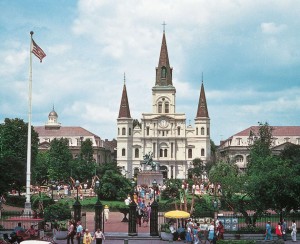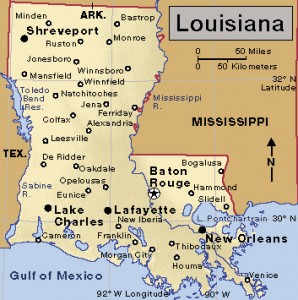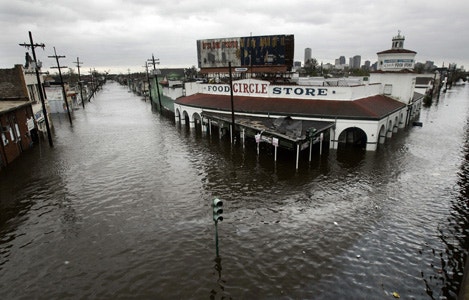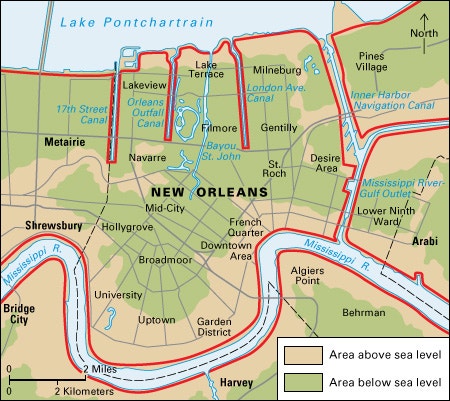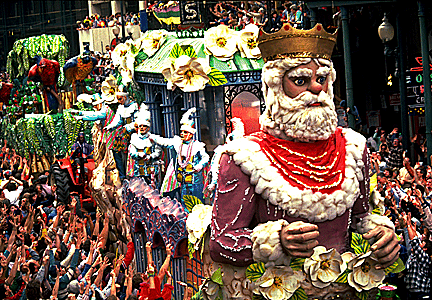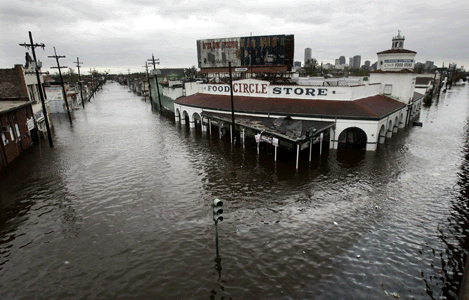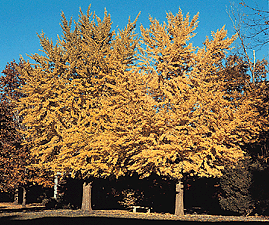Jazz Appreciation Month: Jon Batiste
Wednesday, April 27th, 2022We don’t need an excuse to celebrate American jazz musician, bandleader, and composer Jon Batiste, but April is also jazz appreciation month! Batiste is known for his original compositions, combining New Orleans jazz with funk, pop, and R&B music. He has won a number of Grammy Awards for his music. This month, Batiste was recognized at the 64th Grammy Awards. Batiste’s album We Are was released in March 2021. In 2022, Batiste won five Grammy Awards including album of the year, best American roots performance, best American roots song, best score soundtrack for visual media, and best music video. He took home the most awards from the ceremony, hopefully making room on his shelves to display the trophies.
Jonathan Michael Batiste was born in New Orleans, Louisiana, on Nov. 11, 1986. He grew up in a musical family in suburban Kenner. Batiste began playing the conga drums as a child with his family band, the Batiste Brothers Band. Batiste began playing piano at the age of 11. He was accepted to the Juilliard School in New York City at the age of 17. Batiste formed multiple bands while in college, including the Jon Batiste Trio and Stay Human. While he was studying at Julliard, Batiste released two albums: Times in New Orleans (2005) and Live in New York (2006). Batiste earned a bachelor’s degree in classical piano in 2008 and a master’s degree in jazz studies in 2011. He recorded albums throughout his studies, including the EPs In the Night (2008) and The Amazing Jon Batiste! (2009), and the album My N.Y. (2011). EP stands for extended play and is a type of musical recording that includes several songs but is not considered a full-length album.
In 2011 and 2012, Batiste portrayed himself in Treme, a fictionalized television show based on his extended family’s experience in the aftermath of Hurricane Katrina. Batiste also appeared in the American director Spike Lee’s movie Red Hook Summer (2012). In the movie, Batiste played a musician and cab driver named T. K. Hazelton.
Starting in 2008, Batiste worked as associate artistic director and music curator for the National Jazz Museum in New York City’s Harlem neighborhood. Batiste released the album Social Music with Stay Human in 2013. In 2015, he joined “The Late Show with Stephen Colbert” as the bandleader and musical director with Stay Human. Batiste’s music is featured on the album The Process (2013) with various artists. He released Christmas with Jon Batiste in 2016. In 2017, Batiste began serving as the musical director for The Atlantic magazine. Batiste released his first solo album, Hollywood Africans, in 2018. In 2019, he released the live albums Anatomy of Angels: Live at the Village Vanguard (2019) and Chronology of a Dream: Live at the Village Vanguard (2019).
Batiste co-composed the soundtrack for the Disney and Pixar Studios animated motion picture Soul (2020). He won an Academy Award for best original score. He became the second Black composer to win an Academy Award for composing music, behind the American jazz musician Herbie Hancock.



